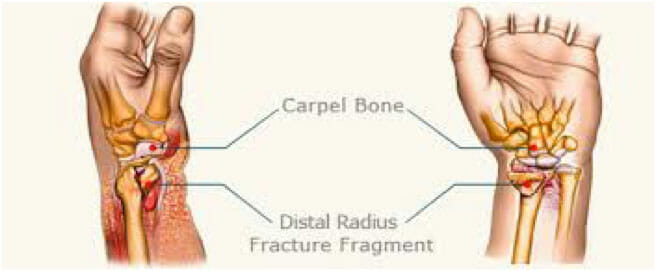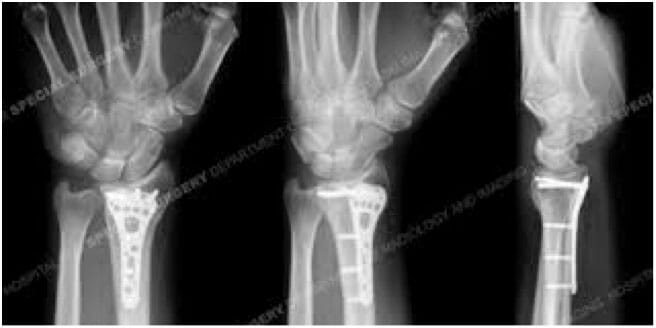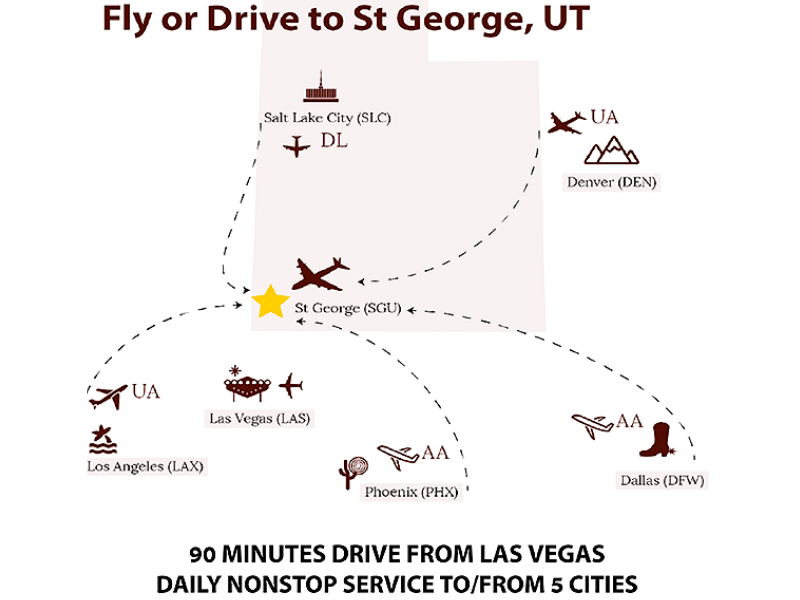Distal Radius Fracture Repair
Distal Radius Fracture Repair
The radius is the larger of the two bones of the forearm. The end toward the wrist is called the distal end. A fracture of the distal radius occurs when the area of the radius near the wrist breaks. Distal Radius Fractures are very common. In fact, the radius is the most commonly broken bone in the arm. A distal radius fracture almost always occurs about 1 inch from the end of the bone. The break can occur in many different ways, however. One of the most common distal radius fractures is a Colles fracture, in which the broken fragment of the radius tilts upward.

FAQS
Frequently asked questions about surgical procedures
Can I use my insurance and get these prices?
Payment is due 14 calendar days prior to your surgery date. If, after the cutoff, your account is not settled, your case must be postponed.
How quickly can I have surgery?
How will I meet my surgeon?
If I had a car or work accident, would you work with my employer or attorney for payment?
What if I get sick right before my surgery?
You could develop a respiratory infection, a urinary tract infection, COVID, or some other condition that may necessitate postponement. There is no penalty when this happens.
What’s Included:
- Facility fee
- Graft and hardware costs (if needed)
- Surgeon and assistant surgeon fees
- Anesthesiologist
- Time in the recovery unit (at no additional charge)
- Initial consultation visit
- One post-operative visit
*Please note: If you choose not to proceed with surgery after the initial consultation, or if you delay your procedure for more than 6 weeks, you will need to update your consultation at a cost of $375.
What’s not included:
- Lab testing before and after the surgery, as needed
- Electrocardiogram (EKG), depending on age. If you had one elsewhere in the past 6 months and it read “normal”, we can forego this expense.
- Imaging costs. X-rays and MRIs can be obtained anywhere.
- Physical therapy services
- Medications you’ll need (oral or IV antibiotic infusions if an infection arises)
- Wound care
- Bracing supplies
- Additional doctor visits (a pre-operative visit with the surgeon, in person, and any required post-op follow-ups after the suture removal to monitor your progress
- Additional surgical intervention if a complication arises
- Additional imaging or hospital care if a blood clot develops
Preparation for Distal Radius Fracture Repair
Tell your health care provider what medicines you are taking. This includes medicines, supplements, or herbs you bought without a prescription.
- You may be asked to stop taking drugs that affect your blood’s ability to clot. These include aspirin, ibuprofen (Advil, Motrin), naproxen (Naprosyn, Aleve), and other drugs.
- Ask your health care provider which medicines you should still take on the day of your surgery.
- If you smoke, try to stop. Ask your health care provider for help. Smoking can slow healing.
- Let your health care provider know about any cold, flu, fever, herpes breakout, or other illness you may have before your surgery.
- You will usually be asked not to drink or eat anything for 6 – 12 hours before the procedure.
- Your health care provider will tell you when to arrive at the office. Arrive on time.
Distal Radius Fracture Repair Surgery
The patient is positioned so that the surgeon has access to the palm side of the forearm. The area is cleaned and sterilized, and an anesthetic is administered. The surgery is performed on an outpatient basis in the operating room. Either regional anesthesia or general anesthesia is used to prevent pain during the operation. During the surgery, the alignment of the fracture is assessed, and an implant is used to stabilize the pieces. In most cases, I use a low-profile plate and screws to fix the bones internally. This is called “open reduction and internal fixation” and requires an incision at the wrist. The orthopaedic hardware is covered by the skin and soft tissues of the wrist and rests against the surface of the bone. Rarely, an external frame and/or pins are used to keep the bones aligned, depending on the fracture type. The external frame and pins are temporary and are removed after a few weeks once the bones have healed. This is called “external fixation” and “percutaneous pinning.”
Surgery does not really “heal” the fracture; it simply allows the bones to be held in good alignment while the body bridges the fracture site with new bone. This healing process takes a few weeks.
X-rays below demonstrate the surgical hardware commonly used (volar plate) with improved alignment of the distal radius fracture. In most cases, the ulnar styloid fracture does not require hardware fixation.
Distal Radius Fracture Repair Recovery
Casting
The rule for bone healing in general is to expect a six-week period to ensure proper bone strength. One to two additional weeks of support in a removal plastic splint is generally advised. A stable fracture may be treated with a combination of casting and splinting throughout this healing period.
Internal Fixation
In most cases, a patient who has undergone internal fixation surgery for a distal radius fracture may begin gentle wrist range of motion within 1-2 weeks of surgery, after which time a removable splint is used to support the hand.
The plate that was surgically placed inside the arm/wrist at the time of surgery may be left in place or removed at a later date.
External Fixation
The external frame and pins are usually removed sequentially, beginning 3-6 weeks after surgery, followed by a few additional weeks of removable splint wear.

Risks of the Procedure
No surgery is risk-free. However, the risk of major complications from distal radius fixation is low. Possible complications include pain, bleeding, infection, swelling, stiffness, nonunion, malunion, implant-related tendon irritation, hardware failure, and damage to the surrounding nerves and blood vessels. A fracture that fails to unite is known as a nonunion. A fracture that heals with deformity is known as a malunion. Other complications are also possible but are uncommon.
Can I Travel to St George for Surgery?
Yes, and we’ll help you make all your arrangements.
- We have arrangements to try to obtain free flights through a non-profit volunteer pilot organization. We can do this with 10 days’ advance notice in most cases.
- We have discount codes for the Holiday Inn in town. This hotel is 1.5 miles from the surgery center and 2 miles from our clinic.
- We’ll arrange to send your after-surgery medications to your hometown pharmacy for pickup before you leave.
What if I would rather drive to St George?
No problem, we can help with those plans as well. When you have surgery with us, we’ll need to make sure you’re safe and comfortable after surgery. We’ll arrange cold compression therapy that requires an AC/DC adaptor/transformer and frequent stops to stretch and refill the ice reservoir on the road.
We’ll ask about the vehicle you’ll travel in to ensure you have a way to elevate and stretch out in the vehicle on the road while someone else does the driving.

How are follow-up and initial consultations handled?
In-person and telehealth consultations are possible with the surgeon to whom your case is assigned. The initial visit is included in the surgical package and is valued at $375.
We can also obtain the flights from the volunteer pilot nonprofit if you’d like to come for initial and follow-up visits in person. One follow-up visit is included in the surgical package at a value of $175. Any additional visits are charged at the time of service to your credit or debit card.
Transparent Pricing Guide
Find out the exact cost of your procedure in seconds, with no hidden fees, no surprises, and complete transparency every step of the way.
